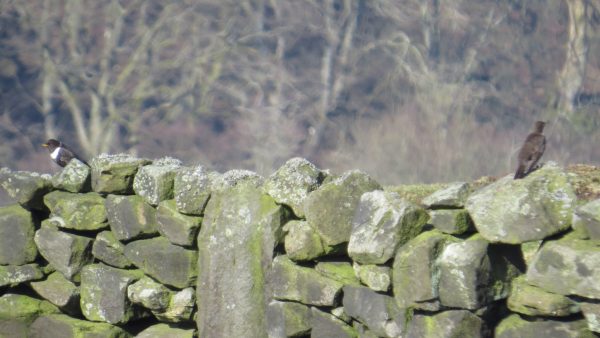Sad to see a roadkill woodcock on an early morning walk but a chance to study the extraordinary plumage of this beautiful wader. Woodcocks breed here in Rosedale but during Autumn and Winter numbers are bolstered by an influx from abroad. The woodcock is similar to the snipe with a very long bill but it is slightly larger and russet-brown with short legs and a barred crown. Woodcock live in marshland and damp wooded areas and can sometimes flush from ditches. They are perfectly camouflaged in leaf litter with their mottled feathers and often go undetected. Woodcocks are nocturnal, spending the day resting up and at night feeding in the open, mainly on worms. To see and hear a male woodcock’s display flight called roding in Spring is another of nature’s delights Updale Natural History Recorder

Woodcock’s crown barring from ear to ear

Woodcock’s distinctive long bill

Perfectly mottled feathers of woodcock’s back

Woodcock tail feathers
























